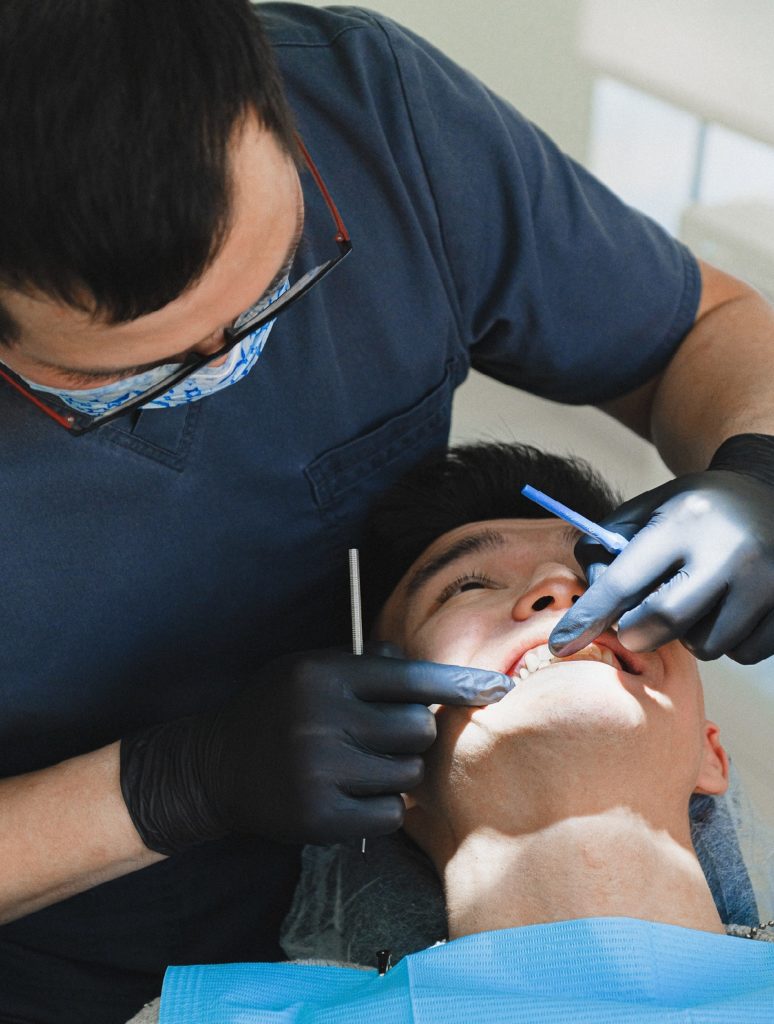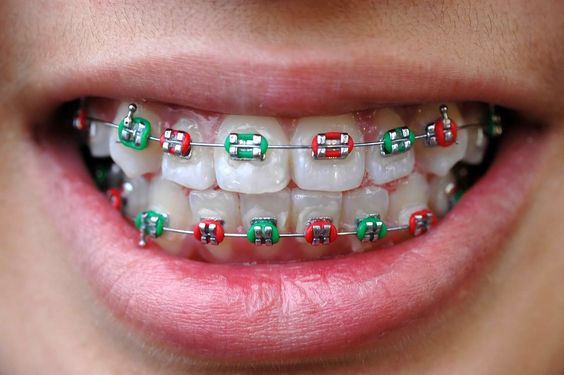Gum Disease: An Overview
Gum disease, also known as periodontal disease, is a common and progressive oral infection that damages the gum tissue along with the jawbone supporting the tooth. Failing to have this condition treated by an experienced periodontist in Singapore can result in the loss of the tooth, tissue death (necrosis) and damage to neighbouring teeth and gums.
Two kinds of diseases can affect and damage the gums: gingivitis and periodontitis. Gingivitis is a mild form of periodontal disease characterised by irritated, swollen and tender gums.
On the other hand, periodontitis is a serious form of gum disease. Individuals with this condition suffer from severe oral symptoms, including rapid gum loss, gum tissue necrosis and jawbone destruction.
Causes of Periodontal Disease
Many factors can contribute to the development of gum disease. A few of them include:
- Poor Dental Hygiene – Failure to brush and floss the teeth regularly can result in gingivitis.
- Vices – Bad habits, such as chewing tobacco and smoking cigarettes, can irritate the gums and hinder tissue repair.
- Prescription Medications – Some medicines could dry the mouth, which promotes the proliferation of bacteria.
Treatment of Gum Disease
Treating periodontal disease at an early stage can reverse the symptoms of gingivitis and prevent the infection from worsening. Oral treatment for gum disease includes:
- Professional Gum and Teeth Cleaning – This oral procedure includes eliminating plaque, tartar and debris lodged between the teeth by methods such as scaling and polishing.
- Oral Health Restoration – Professional dental cleaning sessions and other measures must be taken to restore overall oral health. If malocclusion is present, the dentist may also recommend teeth straightening to prevent recurrence of gum issues.
- Oral or Topical Antibiotics – Dentists typically prescribe this medication to control and eliminate bacterial infection.
What is the Difference Between Scaling and Polishing
Scaling and polishing is usually done at regular 6 monthly intervals to remove plaque and tartar from above the gum line and to remove stains from red wine, tea or coffee that have built up over the past few months. The removal of stains and tartar will give you nice white teeth while the removal of the bacteria in plaque can prevent more severe forms of gum disease from occurring.

Root planing is similar to scaling and polishing in the sense that your dentist will also remove plaque and tartar from your gums. However, in root planning, your dentist will have to go UNDER the gum line (usually with local anaesthesia) to remove the plaque and tartar that have accumulated in the gum pockets associated with Periodontitis.
Periodontitis occurs when bacterial plaque, a sticky white film composed of food debris and bacteria forms on the teeth. If the plaque is not removed, it can turn into a hard substance called calculus or tartar in less than two days. Tartar then acts as a further bacteria trap due to its rough surface. The bacteria in plaque infect the gums, and release toxins that cause redness and irritation. It can cause the bone surrounding the teeth to dissolve. When this happens, the gums separate from the teeth, forming pockets that fill with even more plaque causing even more infection. A vicious cycle now ensues. And it leads to shaky teeth and bad breath from the build-up of bacteria in the gums.
Preventing Periodontal Disease
The good news is that people can avoid this disease from developing in their gums. Here are a few suggestions to keep both gums and teeth healthy and free from gingivitis or periodontitis:
- Brush and floss regularly to help dislodge trapped food debris and plaque.
- Use mouthwash to minimise plaque and wash away any remaining food particles.
- Schedule a consultation with a periodontist for professional gum care.
Book an appointment with our dental clinic by emailing contact@tpdental.com.sg.


















































